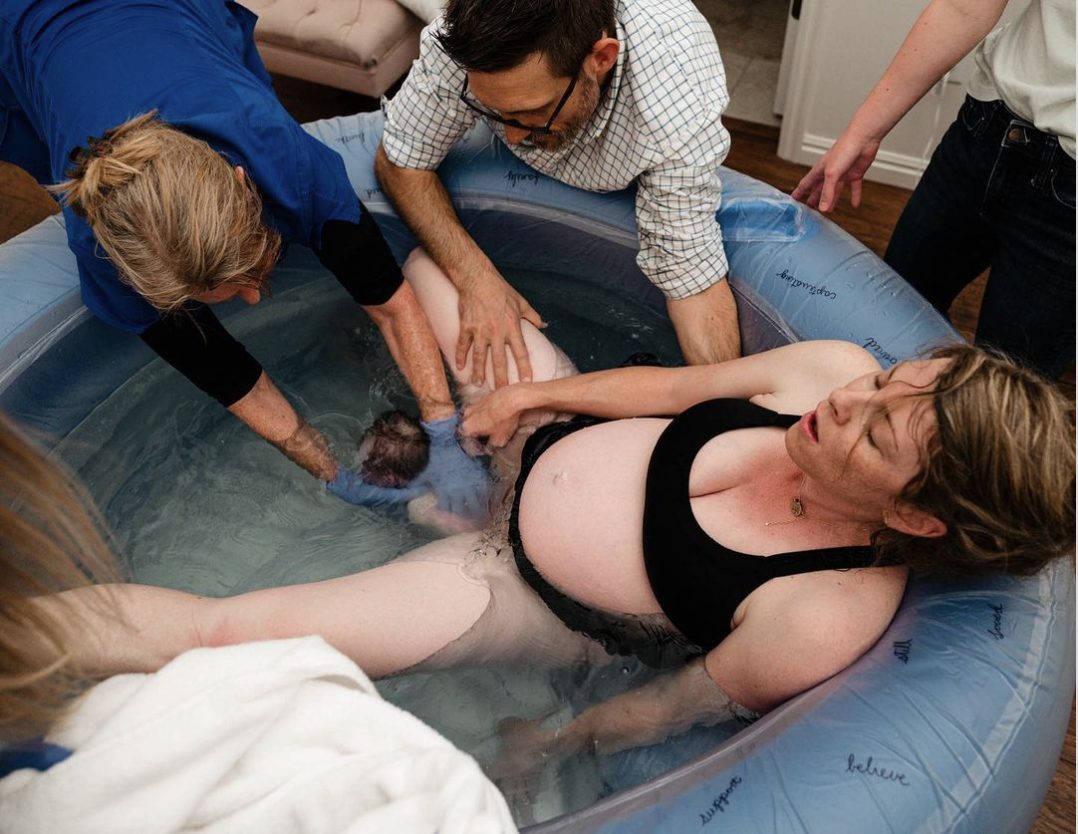
In recent years, the practice of waterbirth has gained significant attention, with a growing number of expectant mothers opting for this unique and serene approach to labor and delivery.

This method, which involves giving birth in a tub of warm water, has been associated with various benefits for both the mother and the baby, as supported by scientific studies.
The concept of waterbirth is not new; in fact, it dates back to an 1805 medical journal where it was first reported.

However, it gained popularity in the 1980s and 1990s as more women sought alternative birthing experiences. The positive outcomes linked to waterbirth have sparked interest and curiosity, making it an increasingly preferred choice for expectant mothers.

One of the key advantages of water immersion during labor is its potential to provide effective pain relief and increase relaxation. Studies have demonstrated that the buoyancy of water can alleviate the discomfort associated with contractions, offering a natural and non-medicinal method for managing pain. Additionally, immersion in warm water has been shown to contribute to the shortening of the overall length of labor, providing a potentially smoother birthing experience.

Comparatively, water birth presents a lower risk of postpartum hemorrhage and third or fourth-degree tearing when compared to traditional land births. The gentle support of water during delivery may contribute to these improved outcomes, offering a more controlled and less stressful environment for both the mother and the baby.

Understanding the physiological aspect of a baby’s journey into the world adds another layer of appreciation for waterbirth. Until birth, the baby is surrounded by amniotic fluid, receiving oxygen through the umbilical cord and the placenta. The baby possesses a natural reflex that prevents them from taking their first breath until exposed to open air. Witnessing this transition during a waterbirth is a remarkable aspect of the experience.

Advocates of waterbirth emphasize various benefits that extend beyond the physical aspects. The immersion in warm water not only provides pain relief but may also reduce blood pressure and promote an overall sense of relaxation. Many mothers report feeling more in control during childbirth, facilitated by the soothing and buoyant nature of the water.
The unique properties of water create an environment that allows for greater flexibility in birthing positions.

The buoyancy of the water eases the burden of extra pregnancy weight, enabling the mother to move more freely. This freedom of movement can aid the baby in navigating the birth canal, potentially leading to a smoother and less complicated delivery.

For those curious about what a water birth looks like, powerful images captured during these experiences speak volumes. The serene and intimate moments of labor and delivery in the water showcase the beauty and naturalness of the process.
In conclusion, the choice of waterbirth represents a holistic approach to childbirth, encompassing physical, emotional, and physiological aspects.

As more expectant mothers explore alternative birthing options, the serene and calming nature of waterbirth continues to captivate those seeking a unique and empowering experience. The captivating images that document these moments serve as a testament to the beauty and serenity of waterbirth, inviting others to consider this remarkable journey into motherhood.
